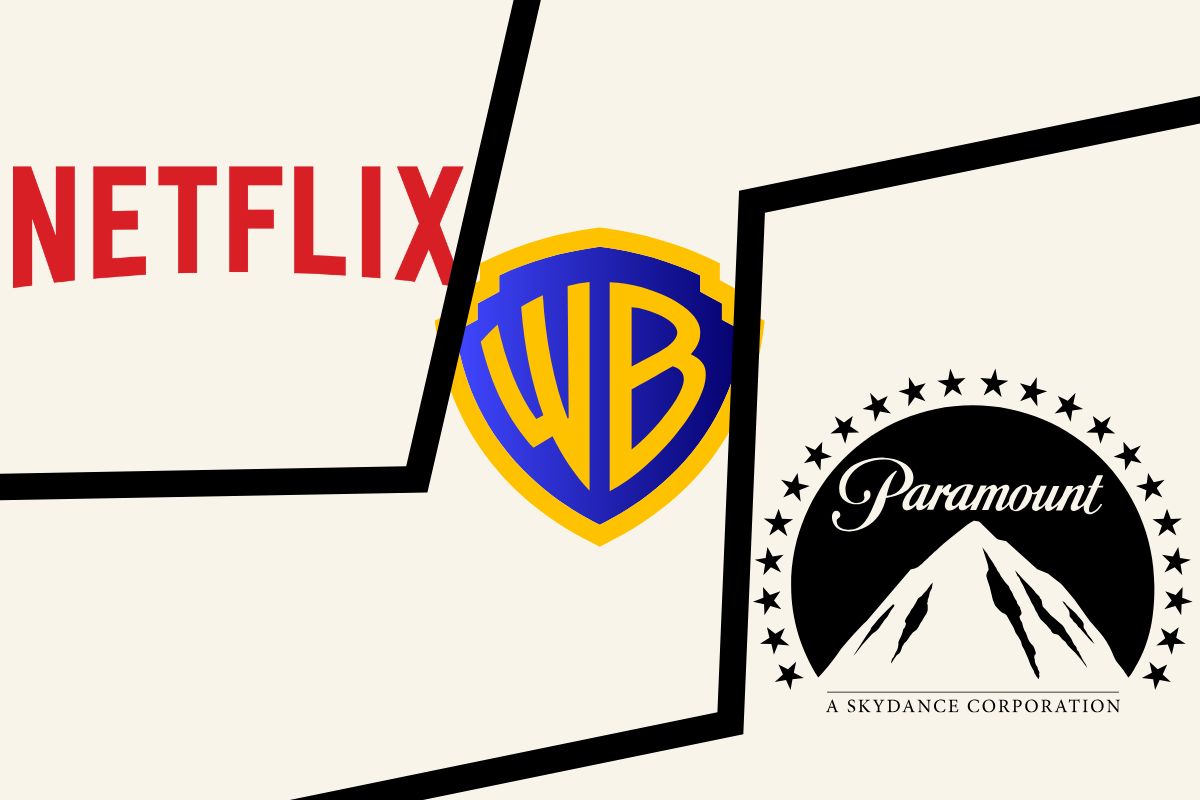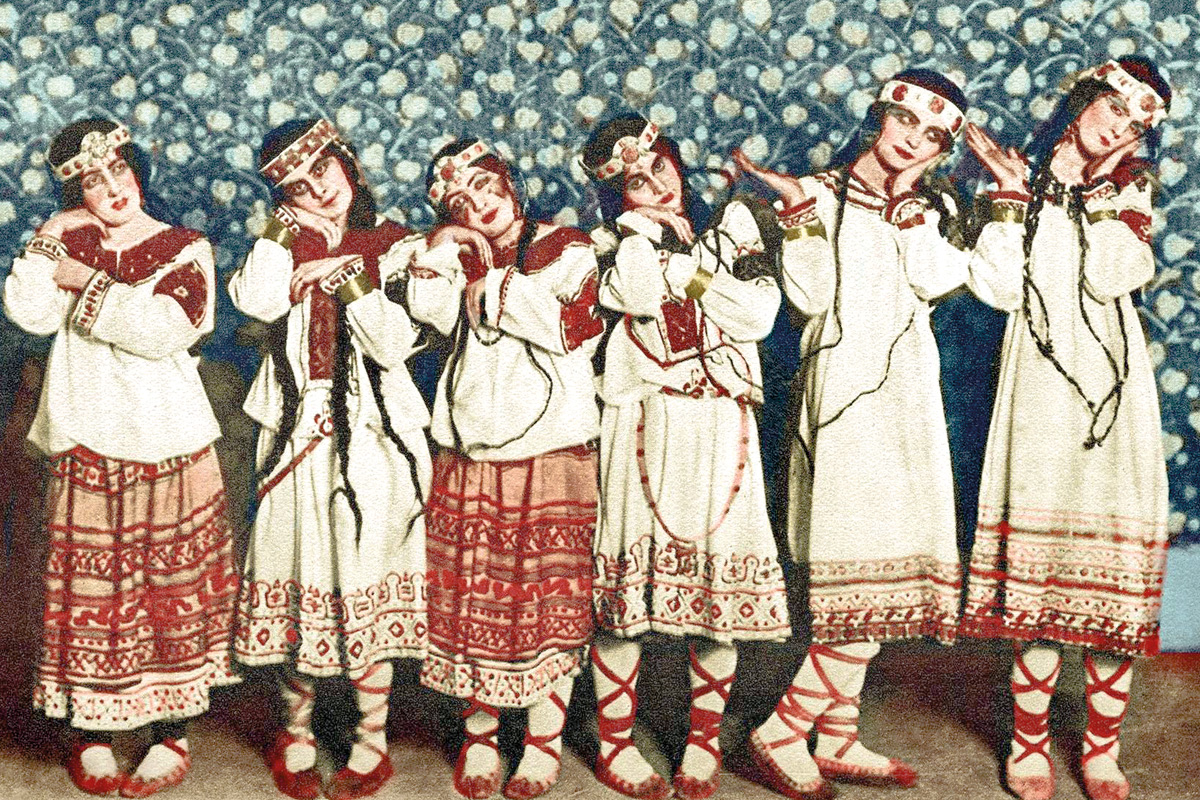The new Joker film reimagines the classic villain as the victim of a system that abandons the mentally ill and leaves people to languish in a manufactured poverty. Capitalism is shown to be the real villain of Gotham city.
Todd Phillips’ new film, Joker, portrays the titular character in a new light. Previous films have idealised the role of billionaire vigilante Bruce Wayne as Batman. By contrast, Joker suggests that the capitalist system – which produces billions for an elite few, alongside poverty and social neglect, which create the conditions for crime to flourish – is the real villain of Gotham city. Joker, himself, is a victim of that same system.
Alert! This review contains significant plot spoilers.
 We meet Arthur Fleck, a socially awkward young man with a mental disorder that causes uncontrollable laughter. Arthur dreams of becoming a comedian and is driven by a passion to bring laughter to other people. He also shows devotion for his sick mother who he takes care of, and with whom he watches his favourite comedian in The Murray Franklin Show.
We meet Arthur Fleck, a socially awkward young man with a mental disorder that causes uncontrollable laughter. Arthur dreams of becoming a comedian and is driven by a passion to bring laughter to other people. He also shows devotion for his sick mother who he takes care of, and with whom he watches his favourite comedian in The Murray Franklin Show.
However, because of his peculiar behaviour, Arthur finds himself victimised. Working as a clown for hire, we see Arthur spinning a sign outside a shop to attract customers. A group of young thugs steal the sign before breaking it over his head, beating and robbing him. His boss then makes him pay for the broken sign out of his own wages.
After losing his job for bringing a gun to a childrens’ hospital, he is assaulted by three men from Wall Street on the subway, simply because he can’t stop laughing at them. He shoots two of them in self-defense before pursuing and killing the third, all while dressed as a clown. This strikes a chord with the impoverished masses of Gotham, who start protesting, dressed as clowns with the slogan ‘kill the rich’.
 Things continue to go wrong for Arthur. He loses access to his much needed therapy and medication due to funding cuts. He finds out that he was physically abused by his mother and her partner when he was a child, leading him to kill his mother. And his awful stand up routine is mocked on TV by Murray Franklin, who calls him a “joker”.
Things continue to go wrong for Arthur. He loses access to his much needed therapy and medication due to funding cuts. He finds out that he was physically abused by his mother and her partner when he was a child, leading him to kill his mother. And his awful stand up routine is mocked on TV by Murray Franklin, who calls him a “joker”.
When invited onto the Murray Franklin show, Arthur adopts the name ‘Joker’ and wears his clown makeup. Murray continues to mock Arthur. After admitting to committing the subway murders, he decides to tell a final joke.
“What do you get when you mix a mentally ill man, with a society that abandons them?” he rhetorically asks. “You get what you deserve!” he shouts, before shooting Franklin on live TV.
This sparks rioting from the clown protestors, leading to the murder of Thomas Wayne by one protestor, who parrots the line “you get what you deserve” before shooting him and his wife in front of a young Bruce Wayne.
The film makes us sympathise with Joker instead of the billionaire Wayne family, who have clearly gained obscene wealth while the workers of Gotham, who produced that wealth, have suffered.
Arthur Fleck was mentally ill, but he was not evil. He was made that way by a society that abandons those who are desperate and most in need of help; a society that puts the interests of profit before the needs of people.
The working class of Gotham, embittered by the manufactured poverty in which they are forced to live, are the jokes of society, constantly looked down upon by the likes of Thomas Wayne. But ultimately the joke is on the ruling class – and particularly the Wayne family – whose pursuit of wealth and power at the expense of the working class creates the conditions that lead to their own demise.
The film has faced widespread criticism in the bourgeois press for “inciting violence” by making us sympathise with the Joker and the murders that he and his followers commit. This shouldn’t be surprising – the ruling class is terrified of the masses rising up against them and seeing their class getting what they deserve.
Joker rightly criticises how the capitalist system operates. It highlights the poverty that capitalism creates, and the way it discards the most vulnerable people if it is not profitable to care for them. It is these conditions, the film shows, that are ultimately the cause of crime in society.
Ultimately, however, no solution is offered. Joker and the riots that he sparks represent the raw anger of the working class, much like the London riots in 2011. But there is no direction provided to this discontent and rage. The film also features examples of individual acts of terrorism, which do nothing to overhaul the economic system.
In order to fight poverty and injustice, which are inevitable under capitalism, we need a socialist planned economy, organised on the basis of need and not profit. This is the only way to fight poverty, homelessness and austerity; to properly fund mental health services and look after those most in need.
In response to the misery of capitalism, we must neither weep nor laugh, but channel the frustration of the working class towards the socialist transformation of society.






